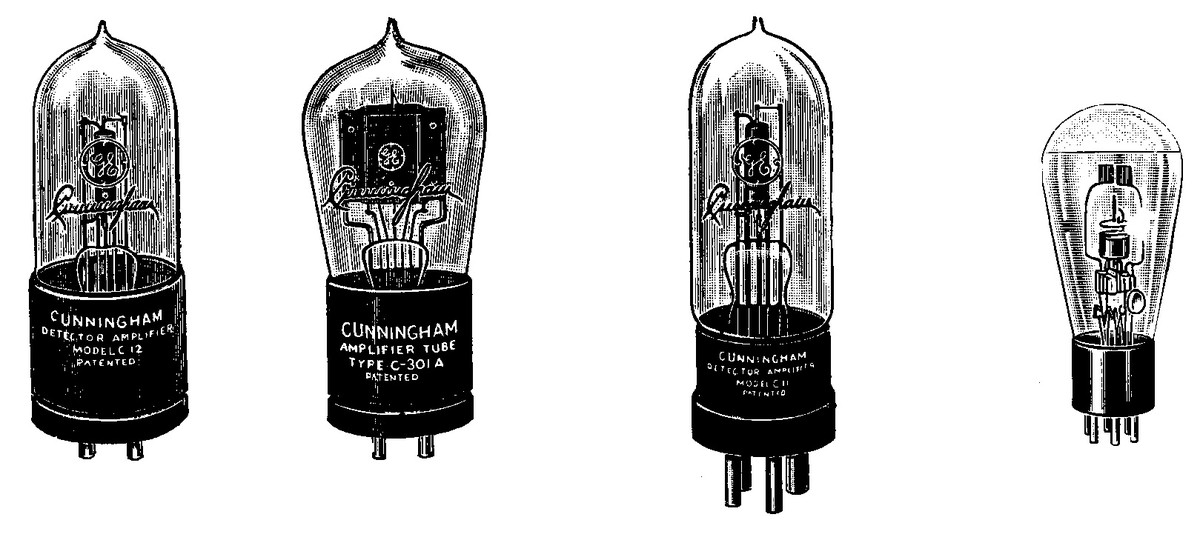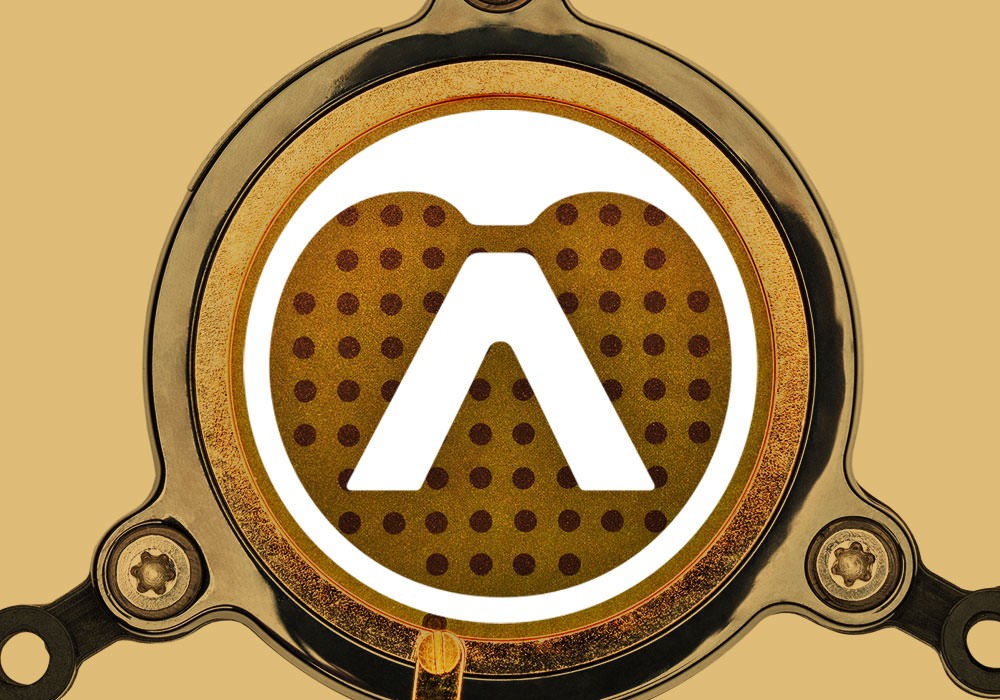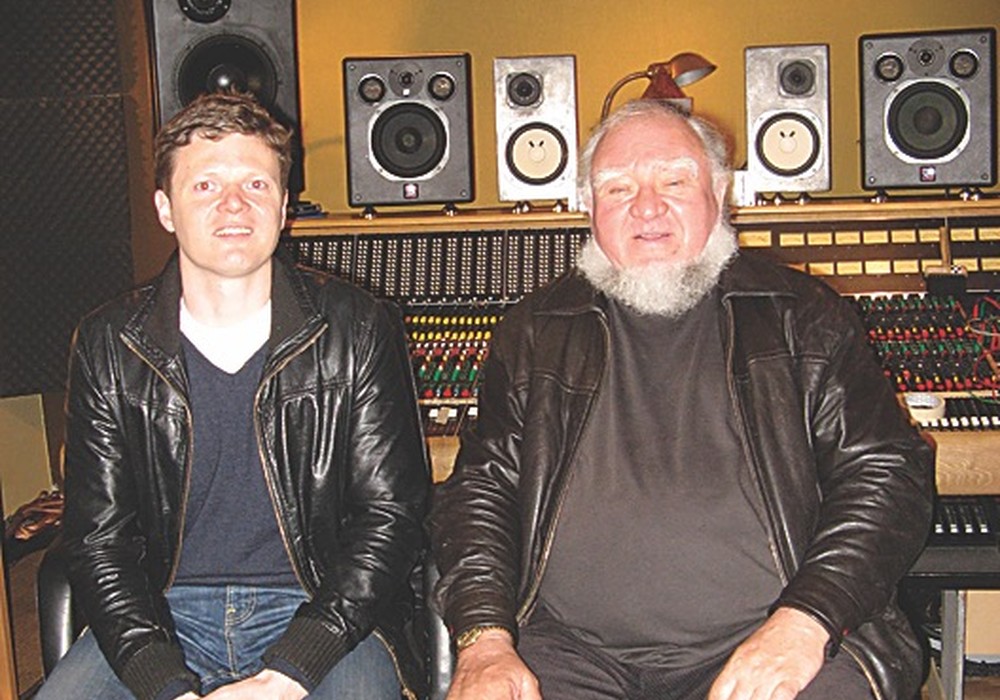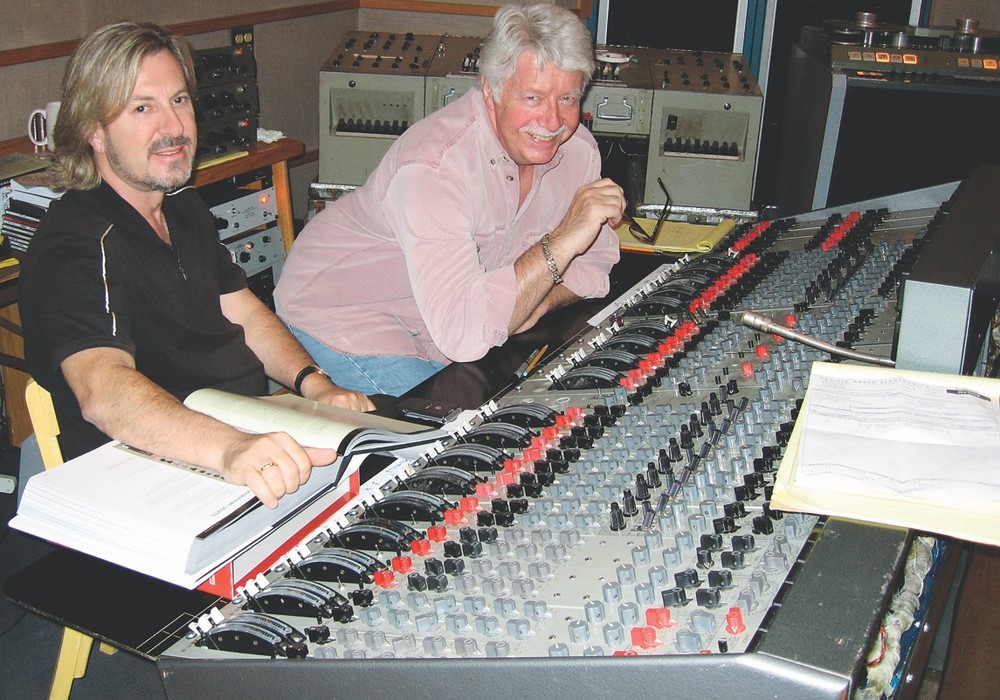DISCLAIMER #1: DO NOT TRY ANYTHING BELOW UNLESS YOU HAVE READ MY PREVIOUS COLUMNS, HAVE A THOROUGH UNDERSTANDING OF ANALOG ELECTRONICS, USING MULTIMETERS, DISCHARGING FILTER CAPACITORS, AND GUITAR AMPLIFIER REPAIR IN GENERAL. TUBE GUITAR AMPLIFIERS CONTAIN LETHAL VOLTAGES THAT CAN KILL YOU, EVEN WHEN THEY'RE UNPLUGGED! IF YOU DO ATTEMPT THESE REPAIRS, YOU DO SO AT YOUR OWN RISK. WE ARE NOT RESPONSIBLE IF YOU FRY YOUR AMP OR YOURSELF!
DISCLAIMER #2: I'M NO EXPERT. I LEARNED EVERYTHING I KNOW FROM READING ABOUT AMPS, EXPERIMENTING, AND BLOWING THINGS UP. THE FOLLOWING INFORMATION IS NOT COMPREHENSIVE, AND IS SIMPLY WHAT HAS WORKED FOR ME OVER THE YEARS.
Great issues of Tape Op have been flying by without me, so I figure it's about time I chime in once again, this time with my own Rhode Island recipe of quick tube-amp fixins. Since I provided the first installments of my amplifier quackery to the pages of the fledgling Tape Op some years back, tube amp knowledge has proliferated thanks to the Internet, the analog re- revolution, and to operations like Torres and Kendrick that know the value of sharing knowledge. Unfortunately, it seems that common sense has not seen the same proliferation, and for that reason this article starts with very simple troubleshooting recommendations that may seem insultingly simply to some readers, such as checking your guitar and pedals, tubes, and mechanical components. Later on in this article, I'll explain the effective "click tests" ubiquitous among ham radio geeks since the early days of electron tubes, and I'll explain other advanced ways to get you and your guitar amp back on the right track. This article will help you use a logical approach to troubleshooting that will solve 90% of your amp problems in just a few minutes.
If you think have a problem with your guitar amp, the obvious first step is to make sure that the problem is with the amplifier and not with your pedals, guitar, or other miscellaneous junk that you might have plugged into your amp. The quickest way to do this is to take a cable that you know is good, plug it into the amp directly, turn the volume up, and touch the end of the cable. If you don't hear a nice strong click, you know your amp is the problem. This may sound obvious, but do it or you won't be the first guitar player to rip apart your amp at soundcheck only to find that your stompbox needed a new battery.
Now that you know your amp is in fact the problem, the next thing to consider is the frequency of tube amp problems. Having unabashedly broken my own tube amplifiers for close to 20 years now, my experience is that things go wrong in the following order:
1) tubes
2) old soldering and wiring, particularly my own
3) transducers and mechanical parts (speakers, jacks, RCA plugs, pots, reverb tanks, and anything else that moves)
4) electronic components: burnt resistors, dried-up caps, fried diodes, etc.
5) power supply components
6) output and power transformers The idea here is that you're probably wasting your time doing heavy math checking to see if your output transformer is shorted out before you've checked for more common failures. With this in mind, the logical starting point is to check your tubes.
Checking the Tubes
Generally speaking, thoroughly checking the tubes will solve your problem about half the time. A great way to do this is to simply replace each tube, one at a time, and listen each time to see if the problem goes away. For troubleshooting purposes, I always keep a couple of my old, worn tubes on hand. For my trusty '68 Twin, I carry a set of worn out 5881s, a 12AX7, and a 12AT7, and they come in handy all the time. Starting with the power tubes, I replace each tube one by one, each time turning the amp back on and listening for the problem. About half the time I find that the problem is solved before I'm finished with this process, and that I simply had a bad tube.
If you hear a ringing sound along with your guitar sound or when you're not even playing, don't even bother replacing the tubes one by one. You probably have a microphonic preamp tube. This is a preamp tube that plays its own little song right along with your guitar solo, and it's usually a preamp tube with a loose component that gets amplified along with the AC signal voltage from your guitar. The easiest way to find the tube is to unplug your guitar cable from the amp, turn the volume up, and gently tap each preamp tube. The tube that rings the loudest when you tap it is the one that you need to replace.
You'll...










